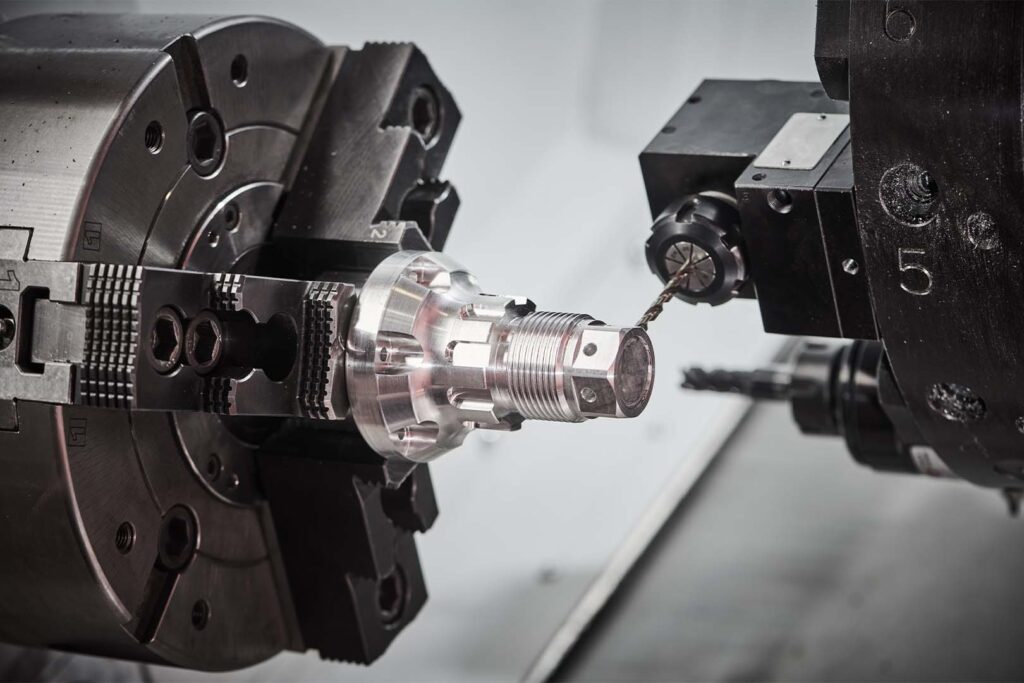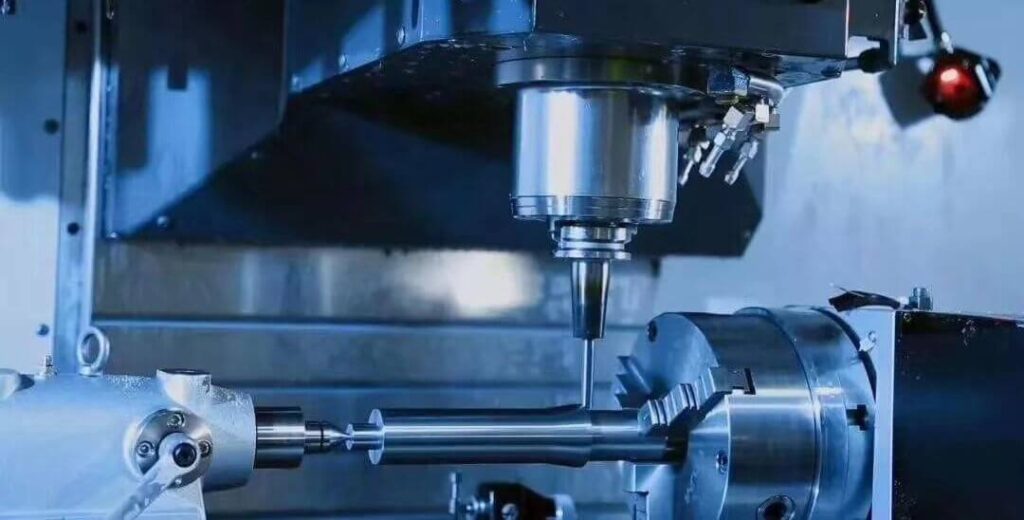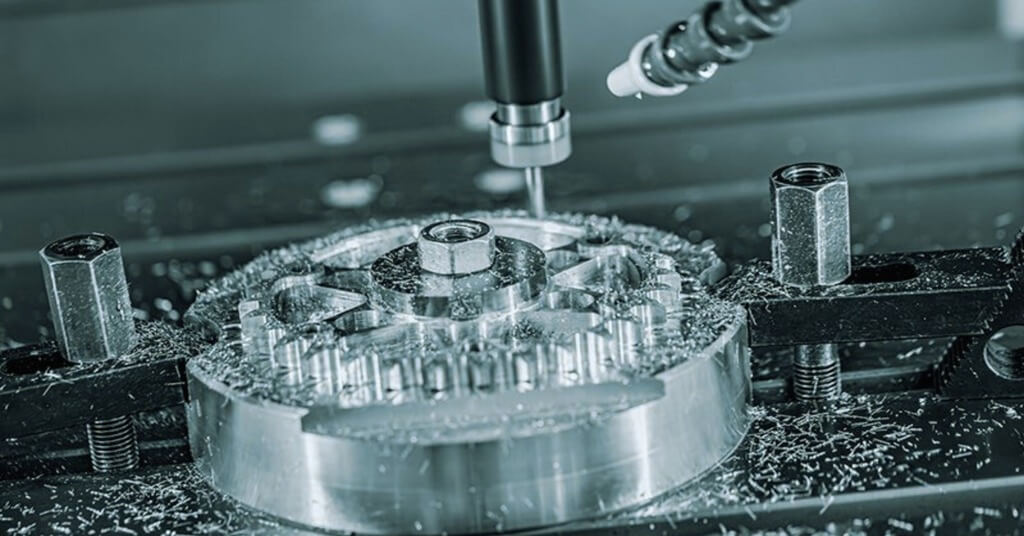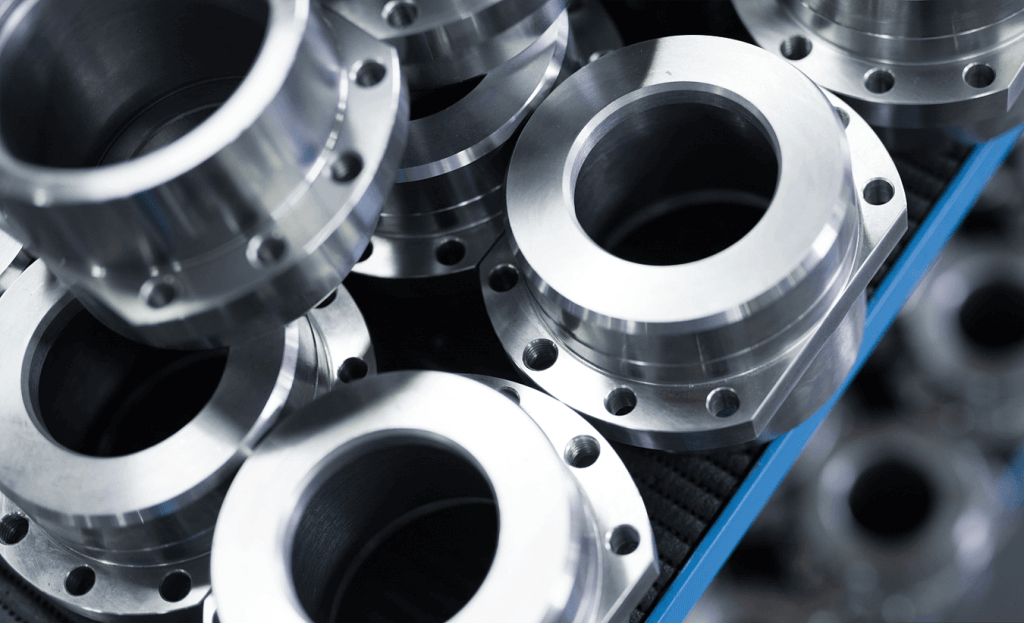Factors to Consider When Choosing a CNC Machine for Rapid Prototyping
Rapid prototyping has become an essential part of the product development process. It enables designers and engineers to quickly create physical models of their designs, allowing them to test and improve their ideas before going into production.
One of the key tools for rapid prototyping is a CNC machine, or computer numerical control. CNC machines are capable of precisely cutting and shaping a wide range of materials. However, with so many options available on the market, choosing the best CNC machine for rapid prototyping can be a daunting task.
In this article, we will discuss the factors you should consider when choosing a CNC machine for rapid prototyping.

1.Size and Capacity of CNC Machines
Because the size of the machine will determine the maximum size of the parts that can be produced. However, if you are working on a small project, a desktop CNC machine will be sufficient. Therefore, if you are machining larger parts or plan to expand production in the future, you will still need a larger machine with a larger capacity.
2.Type of Materials Used
Another important factor to consider is the type of material you will be working with. Different CNC machines are designed to handle different materials, such as wood, plastic, metal, or composites. Make sure the machine you choose is compatible with the material you are using for your prototype.
Also, consider the cutting speed and precision of the machine. Some materials require higher cutting speeds, while others require more precise cuts. Look for a CNC machine that can meet your specific requirements in terms of speed and precision.

3.Control System
The control system is responsible for converting the design files into machine instructions. There are two main types of control systems: open-loop and closed-loop. Open-loop systems are simpler and less expensive, but they do not provide feedback on the actual position of the machine.
Closed-loop systems, on the other hand, use sensors to provide real-time feedback, allowing for greater accuracy and precision. Depending on your needs and budget, you can choose the control system that best suits your requirements.
4.Software Compatibility
The software you use to design your prototype should be compatible with the machine’s control system. Some CNC machines come with their own proprietary software, while others are compatible with industry-standard software such as CAD/CAM programs. Make sure the machine you choose can integrate seamlessly with your existing software tools.
5.Overall Cost
This includes not only the initial purchase price, but also the cost of maintenance, repairs, and any additional accessories or tools you may need. It is important to choose a machine that fits your budget while also meeting your requirements in terms of size, capacity, material compatibility, and control system.

In summary, choosing the best CNC machine for rapid prototyping requires careful consideration of several factors. These factors include the size and capacity of the machine, the type of materials you will be using, the control system, software compatibility, and overall cost.
By considering these factors, you can select a CNC machine that meets your specific needs and helps you achieve your rapid prototyping goals.
